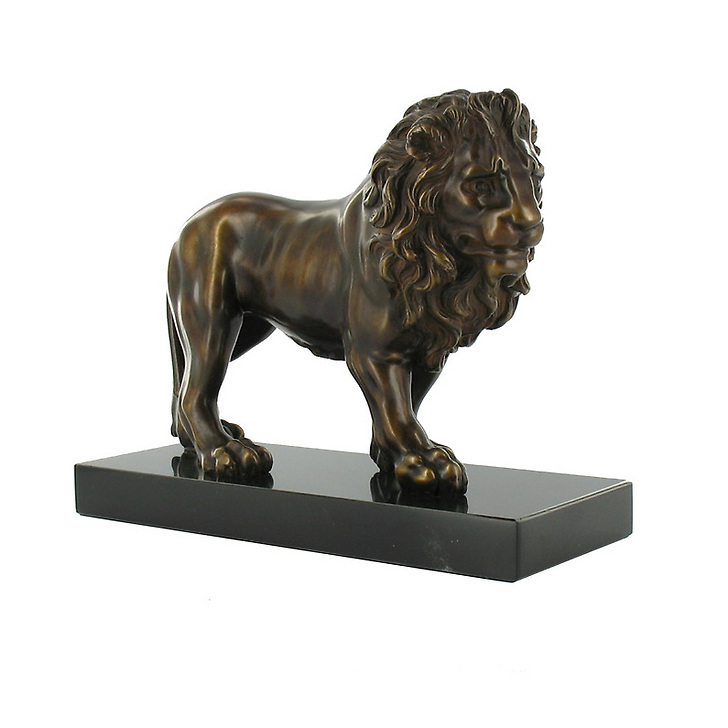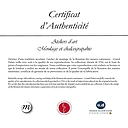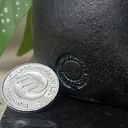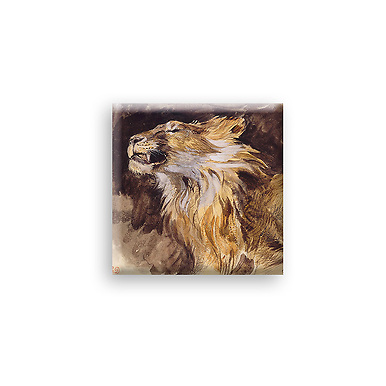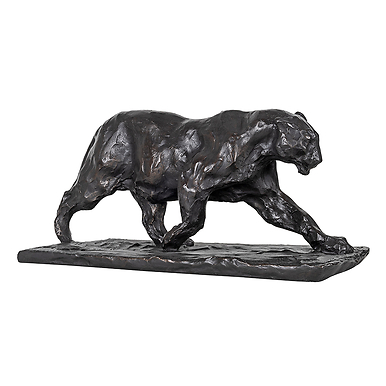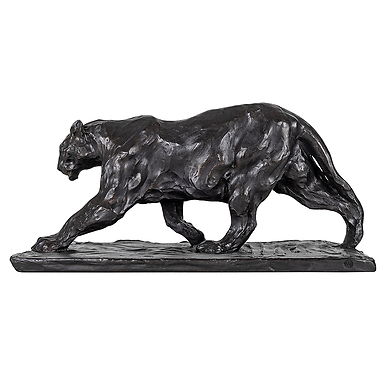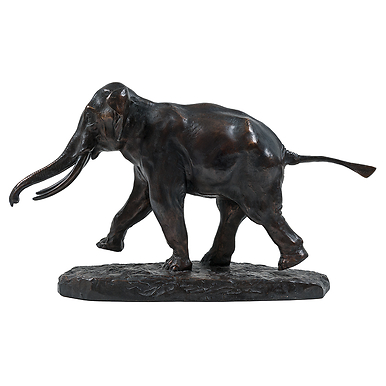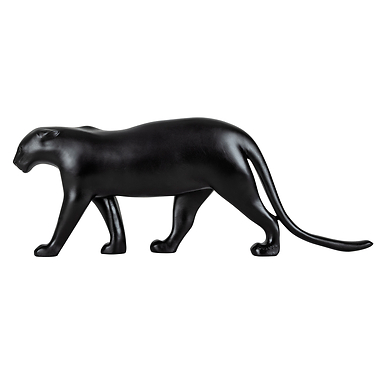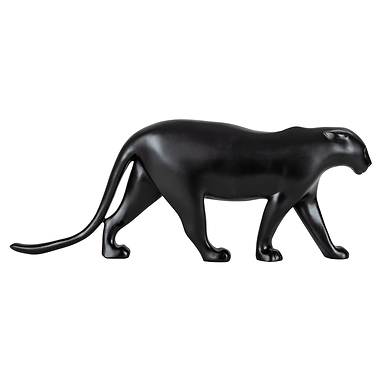Sculpture Marching lion
ZI007205
Hand patinated bronze reproduction. Mold made from a print of the original work.
Florence - end of the 16th, beginning of the 17th century
Assigned to Antonio Susini, after a model of Jean Bologne
The little marching lion from the Louvre is a typical example of small bronzes produced in the workshop...
Read more
Hand patinated bronze reproduction. Mold made from a print of the original work.
Florence - end of the 16th, beginning of the 17th century
Assigned to Antonio Susini, after a model of Jean Bologne
The little marching lion from the Louvre is a typical example of small bronzes produced in the workshop of the sculptor Jean Bologne (1529-1609). The latter, established in Florence, was as famous for his great marble sculptures as for the smaller bronze works. Inspired by his own antique sculptures, the model of the lion was included in a list of bronze works created by the artist and still produced after his death. In style, le Louvre lion is close to the work of Antonio Susini (U1624), one of the nearest fellow-collaborators of Jean Bologne. His nephew, Giovanni Francesco Susini (U1653), continued to cast models by jean Bologne well into the middle of the 17th century. This little lion is an example from this period.
The greatest royal or princely collections in Europe usually contained small bronzes by Jean Bologne and not unfrequently did little lions similar to the one at the Louvre figure in them. In fact, Medicis grand dukes of Tuscany used to offer bronzes of this sort as diplomatic gifts. A copy of the little lion, kept today at the Bargello Museum in Florence, comes from the remainder of their collections. The one at the Kunsthistorisches Museum in Vienna comes from the collections of Emperor Rudolph II. Finally, it is known that king Louis XIV also owned a copy.
(Bequest of Gatteaux, 1881)
Close
Login to see prices
Sold by GrandPalaisRmn

